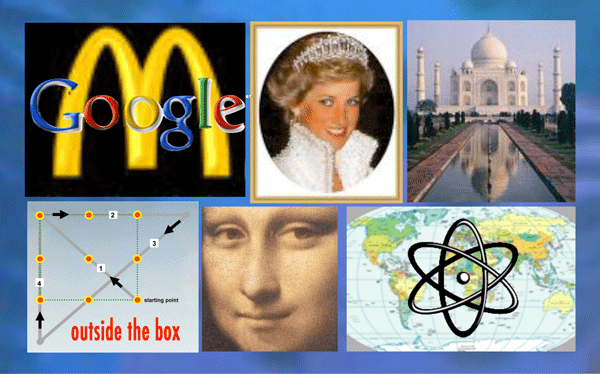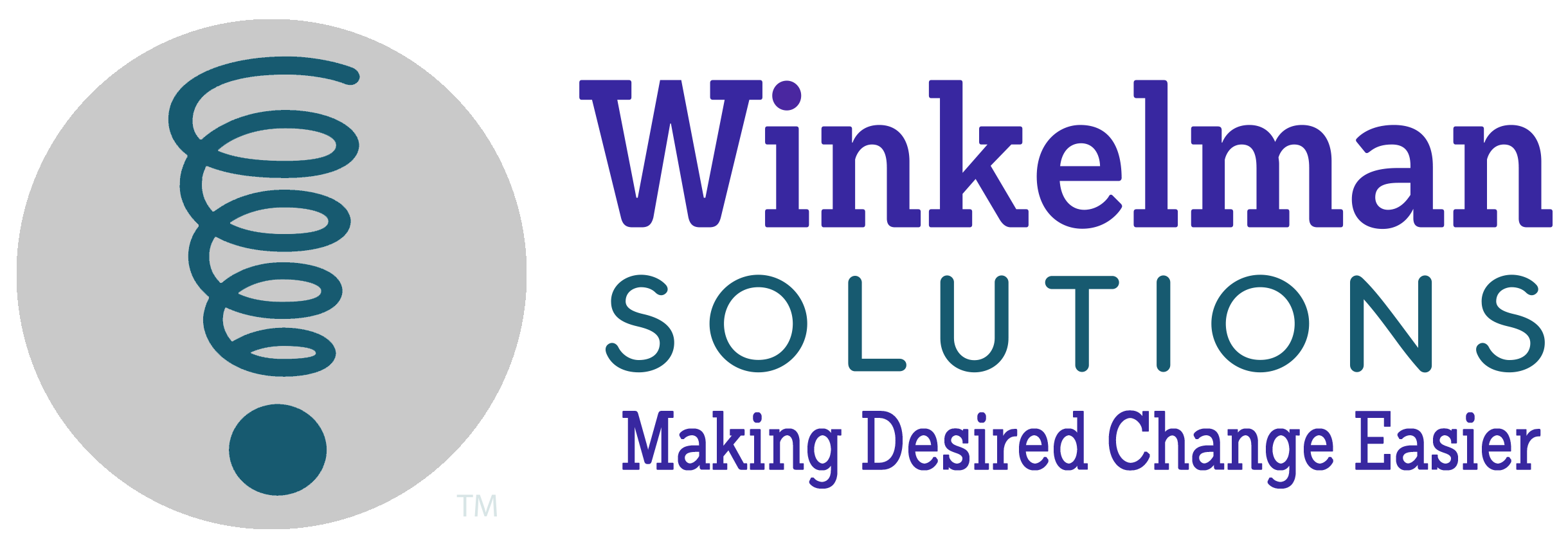19 Aug Have More Fun and Increase Your Profits — Part 2 of 3
Cut the Crap and Close the Gap—between words and experience.
Just starting the Have More Fun & Increase Your Profits series? Click the link to catch up with Part 1.
We do much better when we live with awareness, responsibility and self-control of our lives versus the moments when our minds (or egos) take over our thinking and drives us to behavior that we later regret. Still, when our minds or our egos do take over (which they will on occasion), we can call this “living in our mind†or†living in our thoughts†or even more colorful expressions (like “having our heads up our assesâ€. Before we know it, we become disconnected from others or ourselves, out of touch, alone, and at risk for behavior we will later regret. It’s useful to remember that we’re not built or meant to live in our minds, but only to think with our minds under certain circumstances. Sometimes – habitually, automatically and understandably – we protect ourselves from perceived threats, dangers or discomforts by “staying in†or “living in†our minds. Much of this kind of thinking is reactive and defensive, which others around us can see pretty easily, and then react to in other ways.
Here’s where we humans find ourselves even more challenged. Language is so essential to our thinking that we believe our words (our thoughts) constitute reality. When we talk in language – both to ourselves and to each other, we tend to use words, concepts, and expressions as though the words and sentences themselves were some kind of “truth†or the way it is, or “reality†or that others interpret our words in exactly the same way. We tend therefore to believe in our thoughts – and that we’re right, or that we’re clearly understood all the time, etc… But in practice, in reality, in behavioral terms, MOST of the time, our words are only approximations of our much larger realities, when in fact we’re usually only partially understood! Words are always subject to interpretation.
So let’s get back to the “Gap†I’m referring to. In review, let’s assert it’s the gap between our words and reality, between what you say and what I hear how I interpret it, it is the gap between our conscious intentions and our chosen actions. It’s the gap between our potential and our actualization: What we say we’ll do and what we end up doing. We thus see it’s multi-dimensional and describes a lot of life. Therefore, when we’re considering questions like:
- How can I change?
- What can I do differently?
- How can I be at my best?
How we perceive or see ourselves relative to our gaps is a big piece of the puzzle. Let’s therefore consider another aspect of our brain/mind thinking process: Our ability to image… visualize… imagining and picture things.
We say that a picture is worth a thousand words because it’s generally true. It’s why a great picture or a diagram can be worth far more than even a thousand words – because a picture, in combination with just the right words, can instantly trigger desired recognition, connection and emotion. This is WHAT WE WANT in business: faster and more meaningful communication, understanding and connection. That’s what leads to more fun and accomplishment and profit. In this light we want to begin to fill in the gap by asking the question: What does or will that look like to me (or you)?


